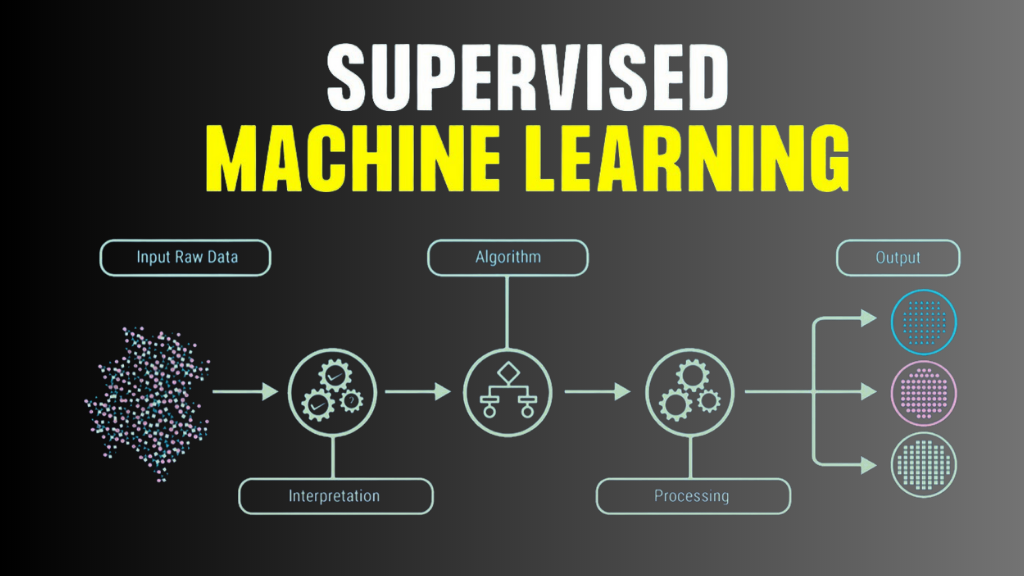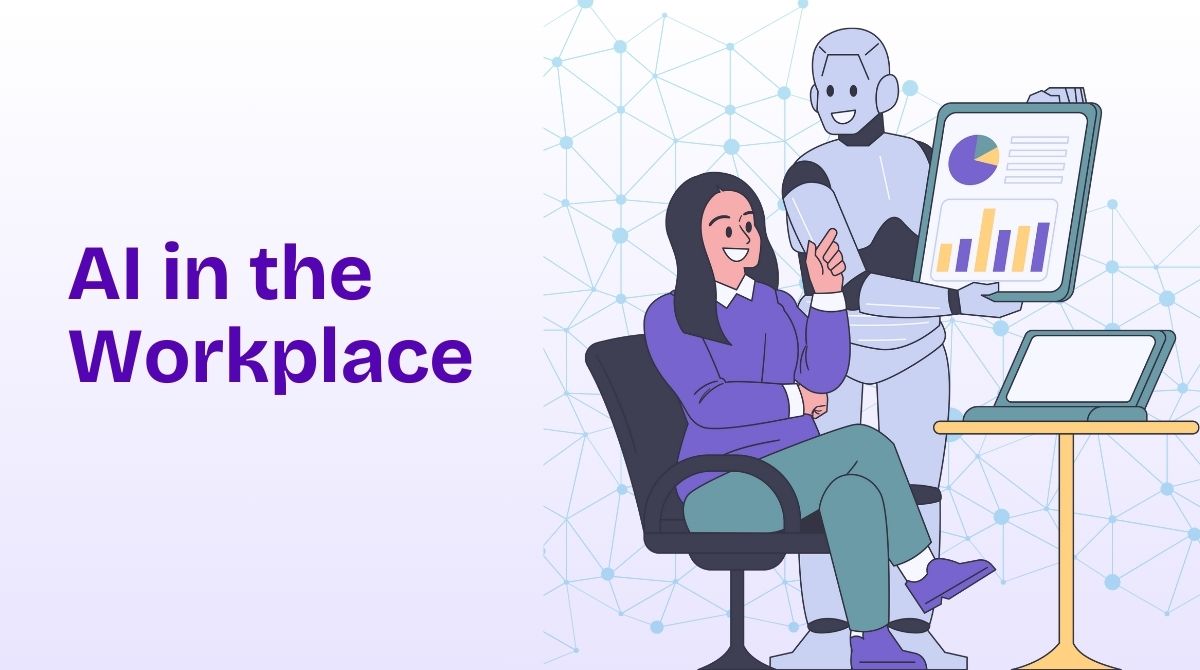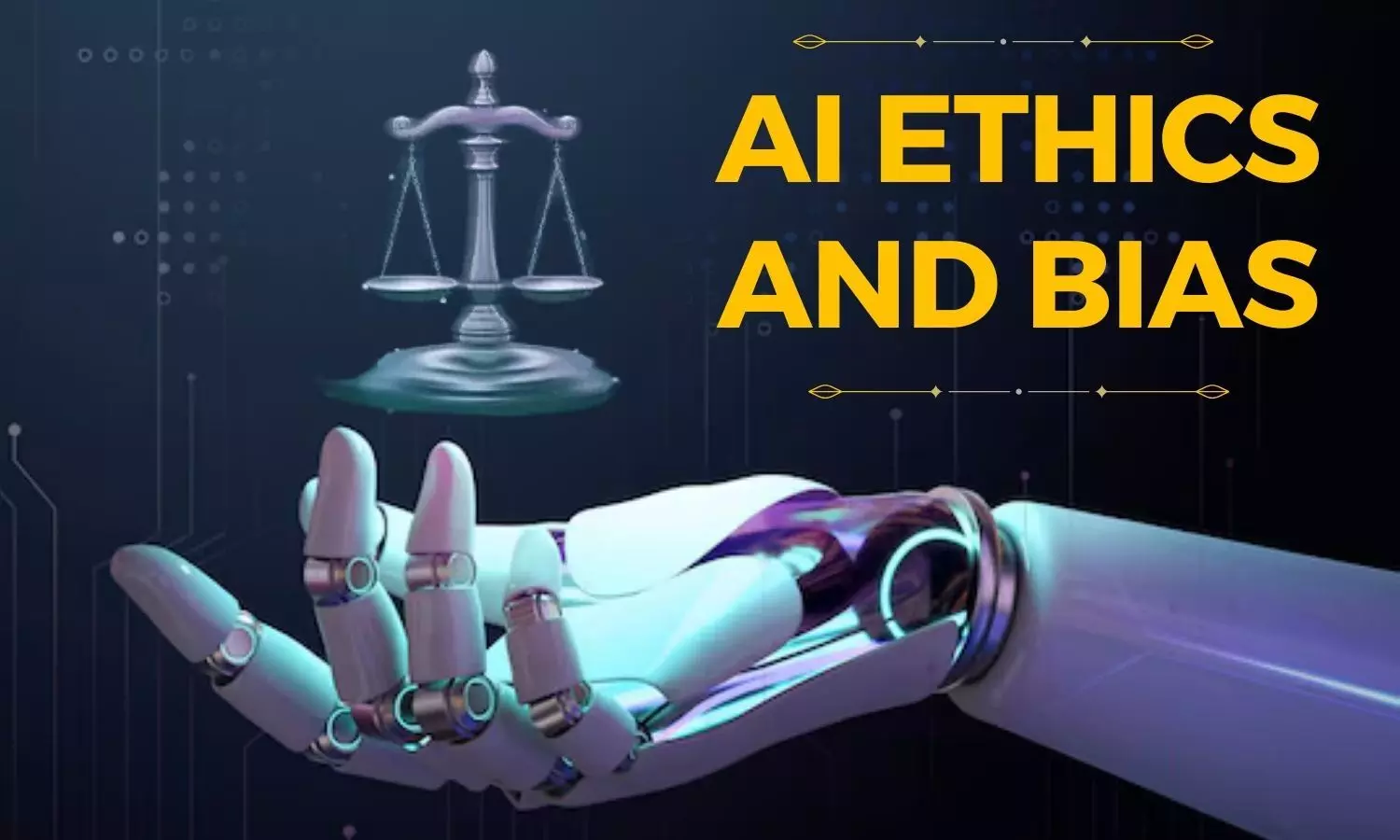vdrsoftwareonline.com – Machine learning, a subset of artificial intelligence, enables computers to learn from data and make decisions without being explicitly programmed. Two primary types of machine learning approaches are supervised learning and unsupervised learning. Each has its unique characteristics, advantages, and applications. This article explores the key differences between these two learning methods and how they are used in various fields.
What is Supervised Learning?
Supervised learning is a machine learning approach where the algorithm is trained using labeled data. This means that each training example is associated with an output label, and the model learns to map inputs to the correct outputs. The goal is to generalize from the training data and make accurate predictions on new, unseen data.
Key Characteristics of Supervised Learning:
- Uses labeled datasets.
- Requires human intervention for labeling data.
- The model learns by minimizing the error between predicted and actual outputs.
- Commonly used for classification and regression tasks.
Examples of Supervised Learning Applications:
- Spam Detection: Classifying emails as spam or not spam.
- Medical Diagnosis: Predicting diseases based on patient data.
- Credit Scoring: Assessing the creditworthiness of a loan applicant.
- Speech Recognition: Converting spoken language into text.
What is Unsupervised Learning?
Unsupervised learning, on the other hand, is a machine learning technique where the algorithm is trained on data without labeled outputs. The model identifies patterns, relationships, and structures within the data without predefined labels.
Key Characteristics of Unsupervised Learning:
- Works with unlabeled datasets.
- Identifies hidden patterns and structures.
- Often used for clustering and dimensionality reduction.
- Less human intervention is required compared to supervised learning.
Examples of Unsupervised Learning Applications:
- Customer Segmentation: Grouping customers based on purchasing behavior.
- Anomaly Detection: Identifying fraudulent transactions in banking.
- Market Basket Analysis: Discovering associations between products frequently bought together.
- Genetic Clustering: Analyzing DNA sequences to identify genetic similarities.
Key Differences Between Supervised and Unsupervised Learning
| Feature | Supervised Learning | Unsupervised Learning |
|---|---|---|
| Data Labeling | Labeled data required | No labeled data required |
| Primary Goal | Predict outcomes based on input | Discover hidden patterns in data |
| Human Involvement | Requires manual labeling | Minimal human intervention |
| Common Techniques | Classification, Regression | Clustering, Association |
| Example Application | Email spam filtering | Customer segmentation |
Conclusion
Both supervised and unsupervised learning play crucial roles in machine learning and have distinct applications. While supervised learning is ideal for predictive analytics and classification tasks, unsupervised learning is useful for pattern discovery and clustering problems. Understanding the differences between these methods allows businesses and researchers to choose the right approach for their specific needs.





